Antiquity revisited. The taste for gems
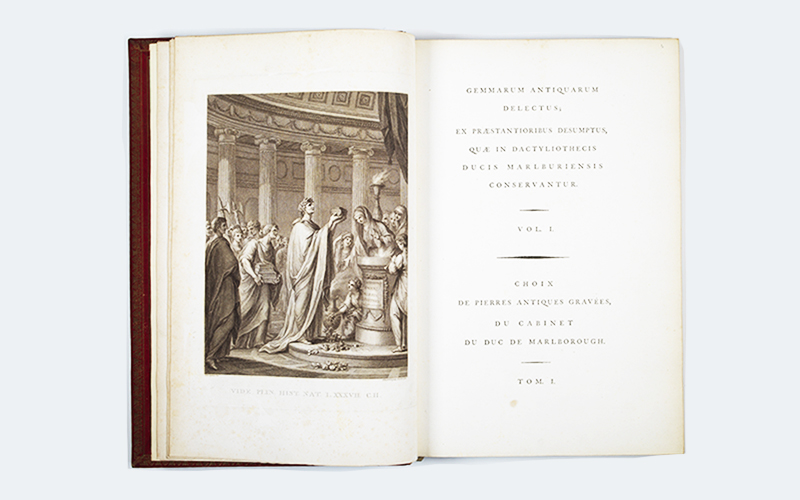
A great interest in Antiquity among 18th-century collectors led them to bring together extraordinary groups of objects, which allowed for their study, interpretation and recording in treatises and profusely illustrated catalogues.
While sculpture played the leading role, collectors also looked to numismatics, exonumia and glyptics (the art of engraving precious stones – gems). In the case of gems, the richness of the materials and their small scale made them highly coveted objects, although only accessible to a very exclusive elite. This taste for ancient gems led them to be mounted in rings and other ornaments, giving them a practical use. Those who were not able to buy them could collect the plaster moulds.
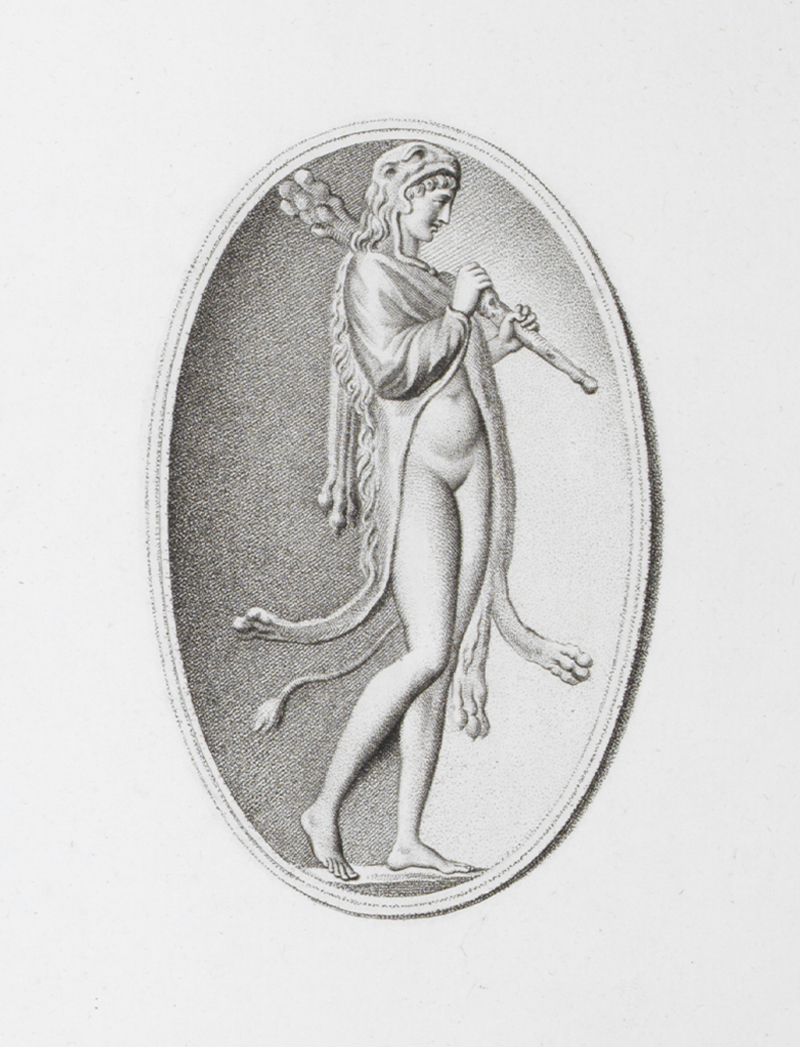
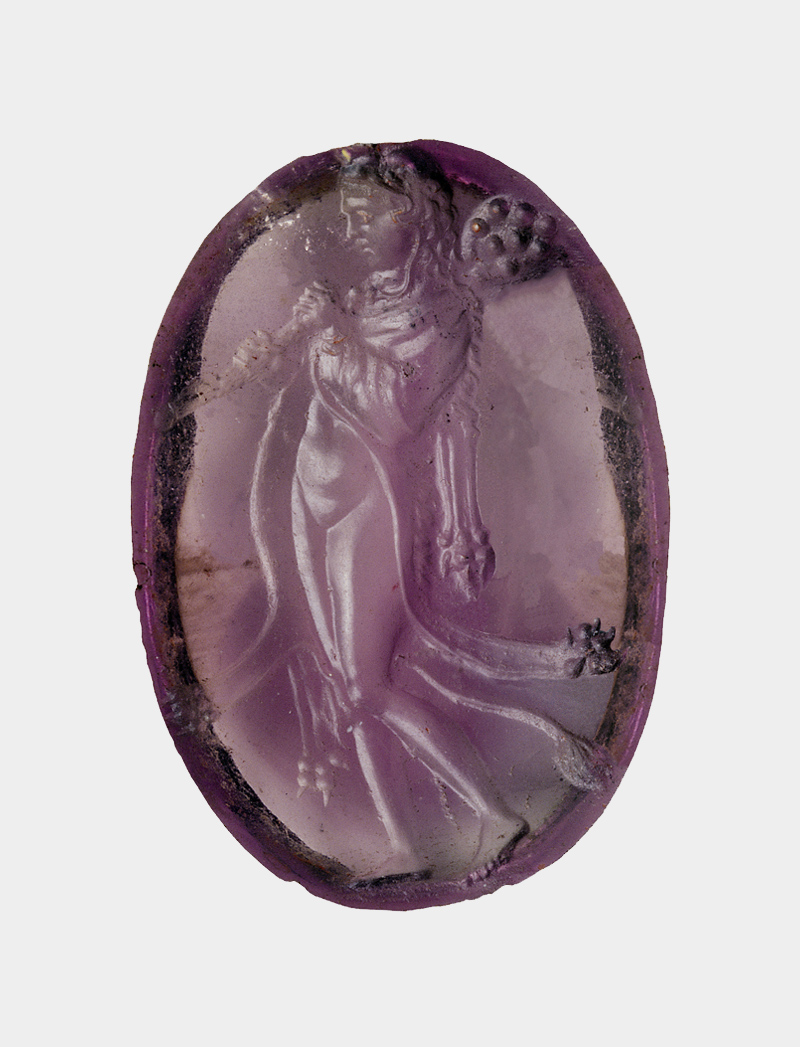
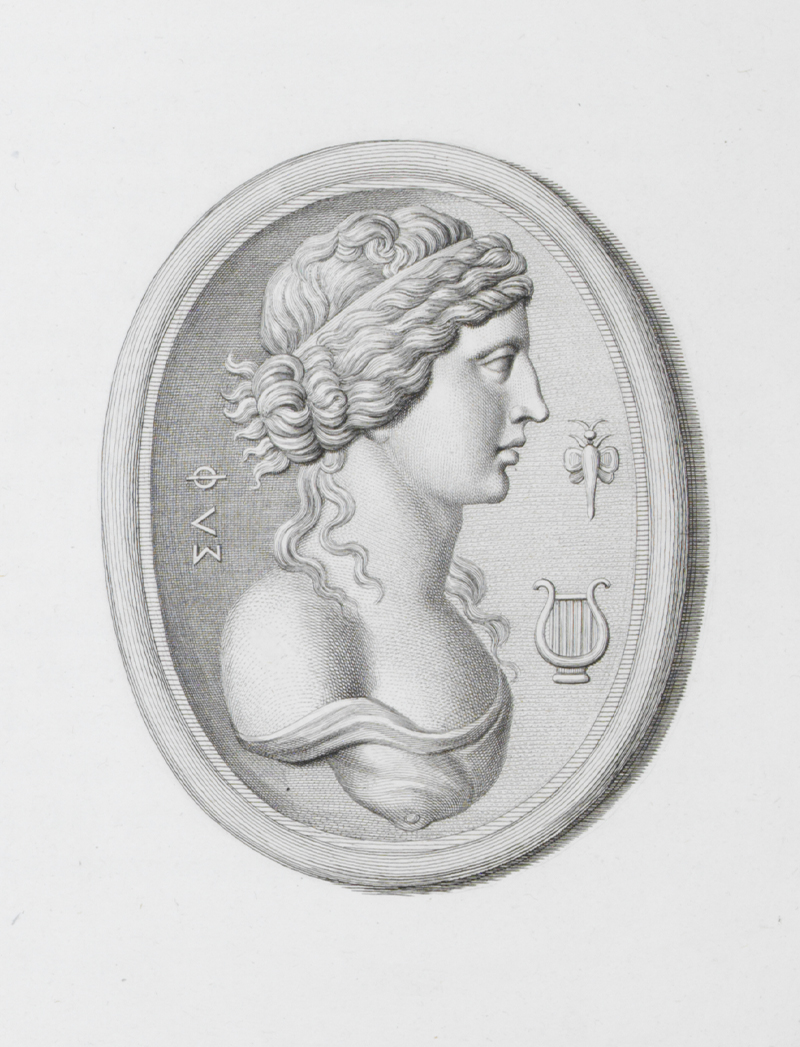
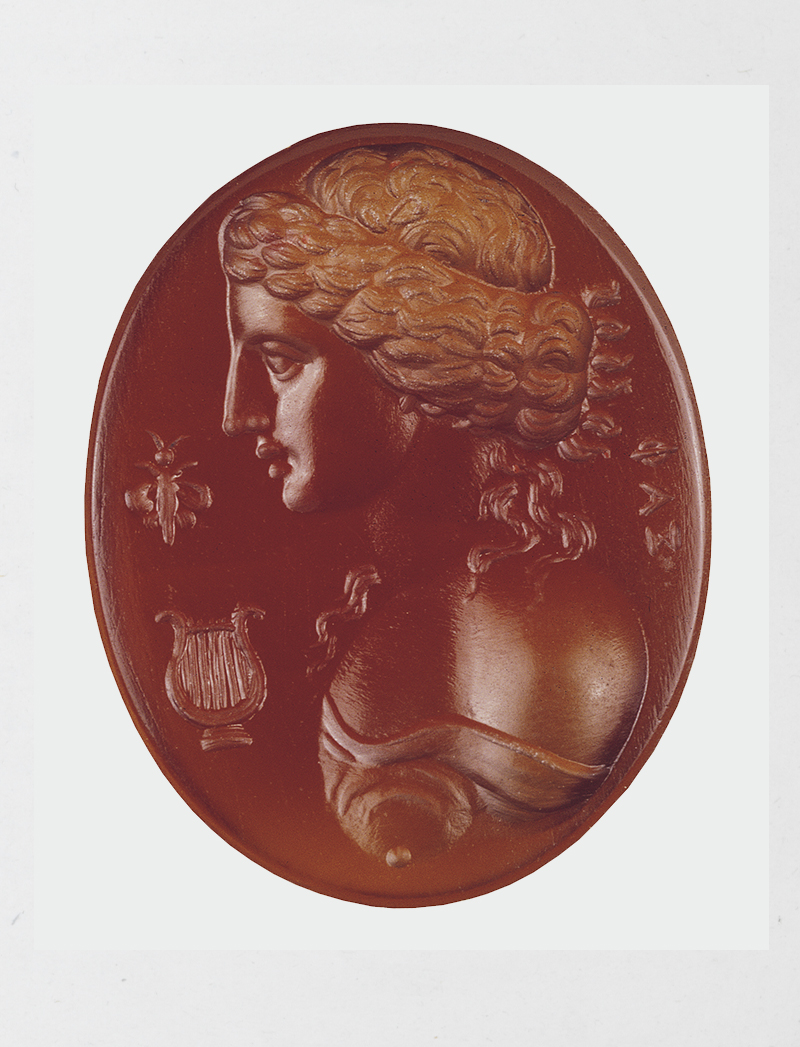
In this display, we find a series of plates engraved by Madame de Pompadour, favourite of King Louis XV of France, reproducing gems from the royal collection, Pierre-Jean Mariette’s treatise on engraved stones from the same collection, and two volumes from the catalogue of the significant gem collection belonging to the Duke of Marlborough, the source of three of the gems purchased by Calouste Gulbenkian.